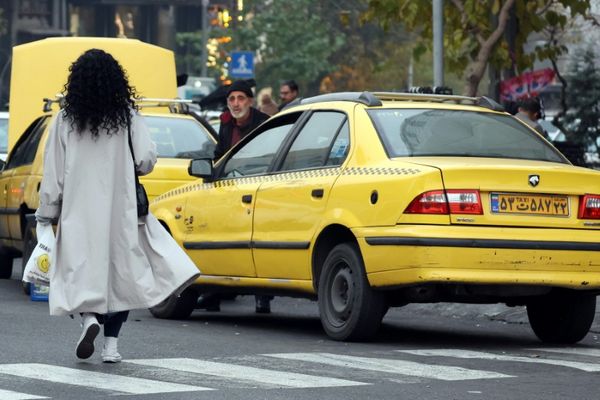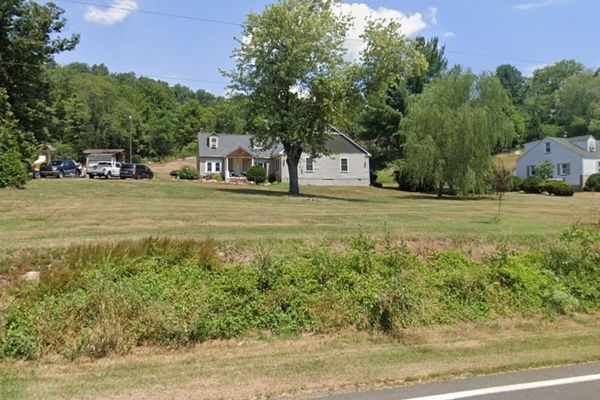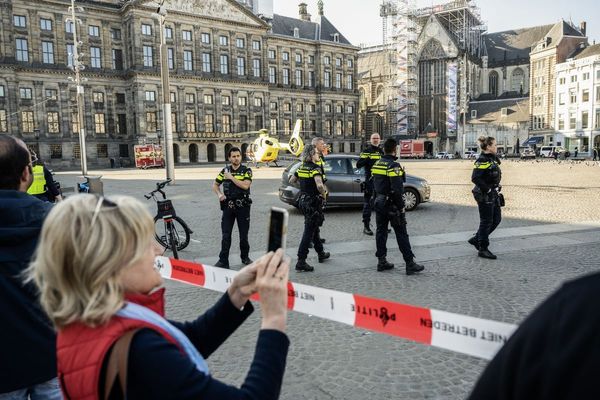
Habiba Ibrahimi was determined to be the first in her family to pursue higher education. But if it wasn’t for the campus in her regional town, it would have been a pipe dream.
When Ibrahimi’s family arrived in Shepparton in 2006, there were just five other households from Afghanistan living in the regional Victorian town. Now, there are more than 200.
But when she moved to Melbourne to begin a social work degree, she became overwhelmed.
“I had never been separated from my family and my parents,” she says. “It was really daunting.
“I was thinking: ‘How am I going to manage financially? How am I going to pay my rent, work and study at the same time?’ And travelling was the biggest barrier. I needed to be home to translate at my parents’ medical appointments, to pay their bills, to help around the house.”
Eventually she withdrew from her course and transferred to La Trobe in Shepparton’s city centre.
Increasing opportunities for higher education in regional areas is key to the government’s plans to make the entire system more equitable.
About 36% of the workforce currently has a university degree. The interim report of the government’s panel reviewing higher education, released last month, estimated this would jump to 55% by 2050.
To get to those levels, the panel called for efforts to radically increase enrolments among low socioeconomic (SES) students, First Nations students and students with a disability, as well as those from regional and remote areas.
It recommended the establishment of 20 regional university study hubs and 14 in suburban areas.
The price of missing out
When the education minister, Jason Clare, appeared at the National Press Club in July to release the interim report, he spoke about the power of education – one which “hasn’t made its way into every corner of our country”.
“We all pay a price for this,” he said. “The cost of all these kids missing out. That’s what I want to change.”
Just 15 of Australia’s 39 universities have met or exceeded the 20% low SES target. None are the prestigious Group of Eight (Go8) universities, and the vast majority are in regional areas.
Go8 universities enrol about 20% of Australia’s domestic undergraduate students, but just 10% are low SES and 11% are from regional or remote areas – well below population parity (25% and 26% respectively).
Only 1.1% of enrolments are First Nations students, compared with 4.1% across the Regional Universities Network.
Clare told Guardian Australia the accord was a “generational chance” to “reshape and reimagine higher education” in a way that was fairer for all Australians.
“If we don’t [change statistics] we won’t have the skills and the economic firepower we need to make Australia everything it can be in the years ahead,” he says.
The chair of Universities Australia, David Lloyd, says targets have not been met for two reasons. One: “retrograde” caps on enrolments in 2017 and 2018 – “Just as we were seeing … education become accessible to people.”
Two: focusing on participation rather than outcomes.
“Having people come in the doors is one thing, but we need people to be successful graduates,” he told the National Press Club.
“The broader supports which allow people to engage in education [and] say, ‘I’ll choose education over a job, or I’ll choose education over my part-time job’, those supports and those gears are not in place.”

A simple matter of money
Guinever Threlkeld, head of La Trobe’s Albury-Wodonga campus, says it boils down to the fact “not everyone can up and move sticks”.
La Trobe has four regional campuses across northern Victoria, all in areas with historically low participation rates.
It recently announced a partnership with Country University centres to open additional regional study hubs for rural students choosing to stay in their community.
“Among all sorts of groups, if access to higher education isn’t available locally they simply don’t pursue it,” Threlkeld says.
People who live in a big city are about twice as likely to have a higher education qualification than those in regional or remote Australia.
A 2018 analysis from the then department of education and training found limited local options, the financial, emotional and social challenges of relocating, differences in aspiration and entrenched disadvantage were contributing to the persistently low levels of attainment in regional and remote areas.
The rates keep dropping the further out you get – to just under 27% in inner regional areas, 21% in outer regional areas and 16.6% in remote and very remote areas.
University applications from regional and remote Australians are on the decline, by -0.1% in 2021 compared with a 4.5% increase in metropolitan areas.
Part of the solution, Threlkeld says, is investing in students before they consider tertiary studies – by offering programs to high schoolers in schools with low rates of progression.
At La Trobe’s regional campuses, low SES enrolments vary from 25% in Albury-Wodonga to 75% in Mildura.
“What we’ve found through a combination of support with study skills and mentoring from students with similar backgrounds to identify goals and aspirations, by the end of the program, 70% are on track to come to university,” she says.
“Our understanding of future careers is limited to the world in which we live and move … when horizons are broadened, students can absolutely fly.
“They just need support to get them going.”
‘We must reimagine universities’
Higher education equity researcher Sarah O’Shea says inequity is often a simple question of means.
“We know students have to often work extraordinarily long hours to finance their education,” she says, but systems still largely operate on the “ideal of the traditional student”.
“It boils down, in many cases, to simply money. What we do for equity students benefits all students.
“Equity has long been sidelined. It’s often an add-on. What this report does is moves it right into the centre to universities operations. There’s an expectation more affluent universities have to pick up their game.”
The Greens spokesperson for higher education, Mehreen Faruqi, says the failure to meet equity targets reflects a “broken” system.
“Exorbitant university fees and ballooning student debt are making university a pipe dream for many people,” she says.
“If we are to have any hope of an ambitious improvement to university access, we must reimagine universities based on principles of universal, free access.”
Nick Klomp, the vice-chancellor of CQUniversity and chair of the Regional Universities Network, disagrees. He says Hecs is a fair system – “the envy of other countries”.
But he acknowledges research shows just the thought of a debt, even if it would only become reality at a certain salary level, is a “real aversion” to low SES Australians.
The report found on average, students now takes 9.4 years to repay their university debt.
CQU, a regional university, has the highest rate of low SES enrolments of any institution (39%), and is one of six in Australia that also offer Tafe.
“We’re never going to make [targets] by continuing to add opportunity and privilege in the cities,” Klomp says. “Some postcodes already have a 70 or 80% attainment rate.”
Equity isn’t cheap – Klomp says CQU is posting a $30m loss this year.
“Recent research found full-time students from financially disadvantaged backgrounds are four to six times more expensive to support,” the report read, and smaller regional campuses were “often the ones that bear these costs”.
Klomp says: “We work on the smell of an oily rag, but I want to go to my deathbed being proud of what we’ve done.”
He is happy to take a “bit of loss on the chin” and subsidise the costs with international students. But he’s wary of solutions focusing on expanding scholarships to big metropolitan centres.
“Lots of universities will be talking ‘equity, equity, equity’ because it’s politically smart and there’s a bit of money around,” he says.
“That’s hollowing out the regions. Mayors are pulling their hair out.
“The [metropolitan] universities are powerful, and good on them. But the answer is to support regional universities to get on with their job.”
Ibrahimi completed her bachelor of arts in Shepparton and went on to graduate with a master’s of social work in 2021.
Since graduating, she has worked in the mental health sector of Shepparton’s public hospital and mentors other young multicultural women in the region to pursue higher studies.
“People say big opportunities aren’t here,” she says. “But I can never express how much small communities can do for you. I’m grateful.”







